1913 Mercer 35J "Raceabout"
The Marvelous Mercer Motor Car
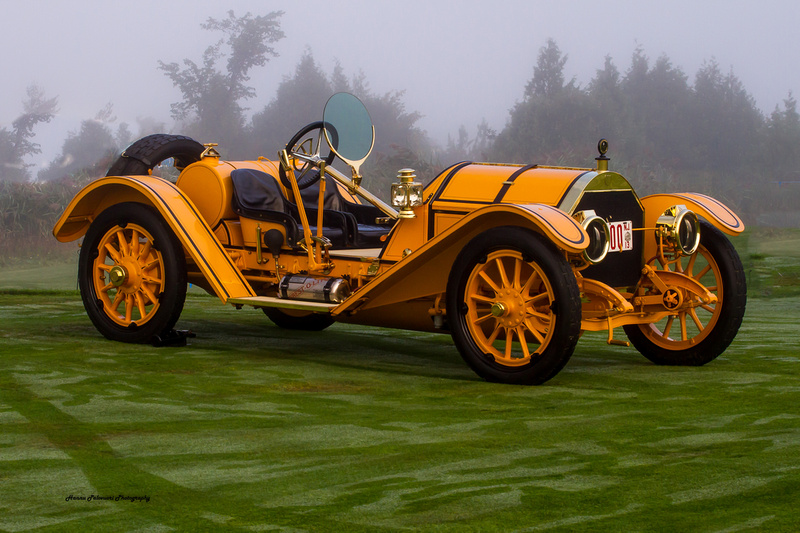

1913 Mercer Type 35J “Raceabout”
301 cid T-Head Inline 4-cylinder engine
34 bhp
4-Speed manual transmission
Front and rear semi-elliptical leaf springs
Hartford friction – type shock absorbers
Rear – wheel drum brakes
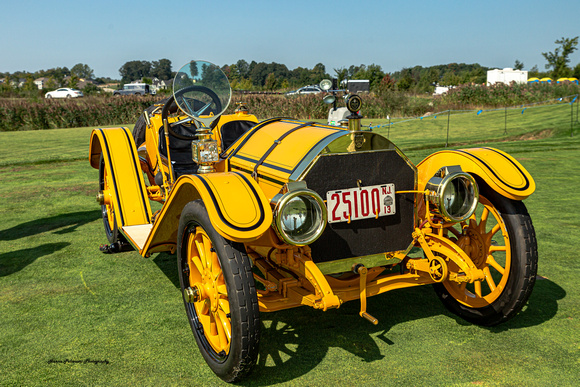

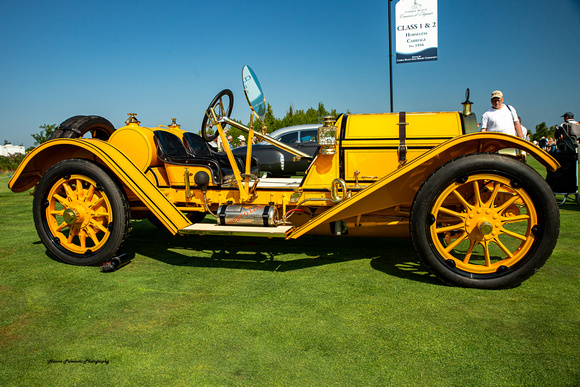

The Mercer Type 35 Raceabout of 1911-14 is the most legendary American automobile of the brass era and is widely considered to be the America’s original sports car, introduced a year prior to its arch competitor, the Stutz Bear Cat.
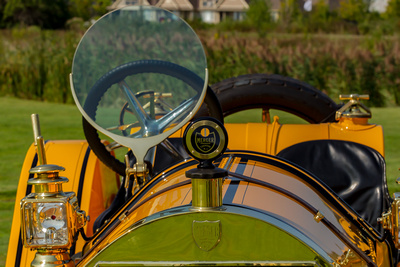

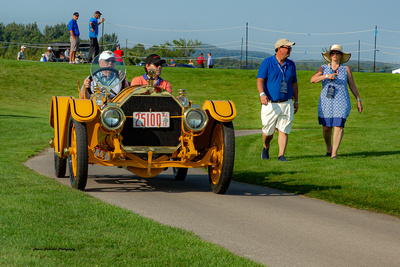

The first Mercer was made in Trenton, New Jersey, in 1910. Financed by the Roebling family who built the Brooklyn Bridge among the other great construction efforts. Ferdinand Roebling was the president and his nephew Washington A.Roebling II was the general manager
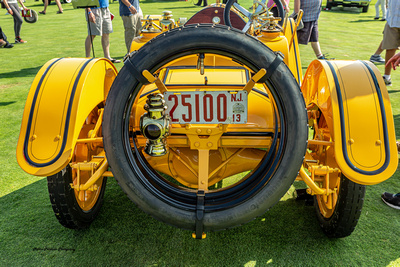

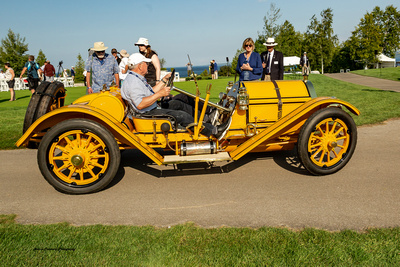

Essentially a road going automobile that could also be successfully raced as-is, it featured a superbly engineered T-head 4-cylinder engine, with blocks cast in pairs and mounted on an aluminum crankcase, and exceptionally well-designed and balanced chassis. The 301 cid four-cylinder had massive 2 ¼ inch valves, high-lift cams, a high compression ratio (7:1) and efficient intake/exhaust manifolding. The Mercer engine used double spark plugs per cylinder to provide optimized ignition. In order for the engine to be able to handle high compression ratio and to be reliable for distance races, the con-rods had four bolts securing them instead the usual two. It is surprising, that in the days of giant displacement engines, a relatively small 301cid (4.9L) could be such a world beater. This was mated to beautifully engineered Brown and Lipe gearbox, with three speeds for 1911 and1912 and four speeds for 1913 and 1914, with multiple-disc clutch. Showing the skill of engineer Finley Robertson Porter, its handling and drivability were far ahead of its time. The Minimalist vehicle was agile, had an impressive power-to-weight ratio, proven to be extremely capable in competition. Many were driven off the showroom floor directly to the racetrack where they often emerged victorious. Nimble and sprightly, while the top speed was genuine 100 mph – “the magic century”. Consider that a biplane of this era could go about 45 mph and a crack express train about 60 mph; this was not only one of the fastest automobiles in the world, but the fastest way to travel, period.
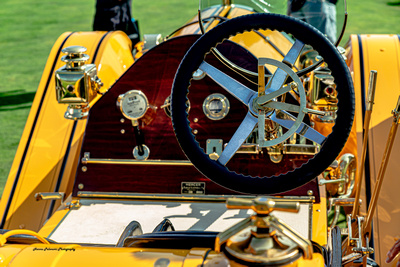

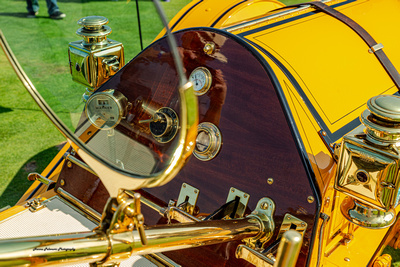

Even though they were minimalist, they carried a base price of $2,250 making them unreachable by most public. The T-Head Raceabout was never produced in mass quantities, nor were they hailed as a practical car. They offered no protection against the weather, no creature comforts, and the ride was harsh. These were made to race and win. They had ladder-frame with very little bodywork (only hood and vestigial fenders). 25-gallon gas tank was mounted directly behind the two seats. With no body, no starter and a lack of amenities car only weighed a mere 2300 pounds. Because of their low center of gravity and wide track, the maneuverability was unparallel. During the first year they were engaged in six races of which they won five outright.
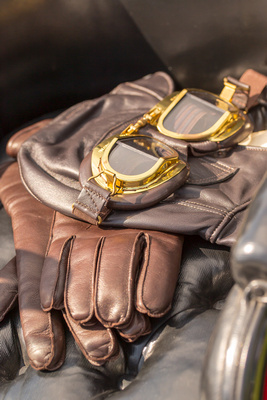

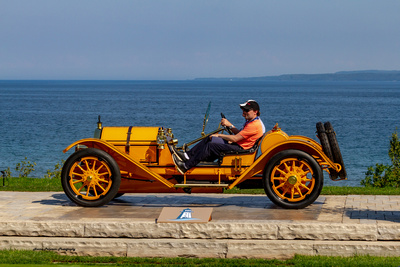

Sources:
https://www.bonhams.com/auctions/25219/lot/261/
https://www.Simonemuseum.org/collection/1913-mercer-raceabout/
https://www.en.wikipedia.org/Mercer_(automobile)
https://www.conceptcarz.com/vehicle/z9183/mercer-model35.aspx
https://www.rmw.lv/car/en/type-35j-raceabout
https://www.sportscarmarket.com/profile/1913-mercer-type-35j-raceabout
https://www.revivaler.com/mercer-type-35j-raceabout